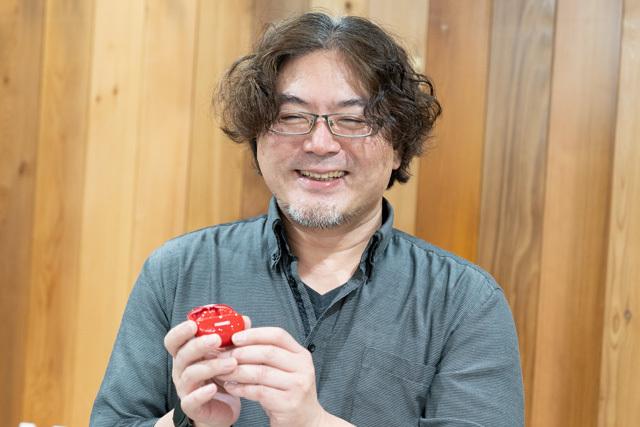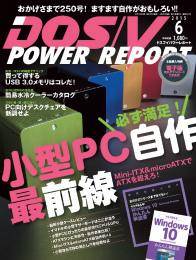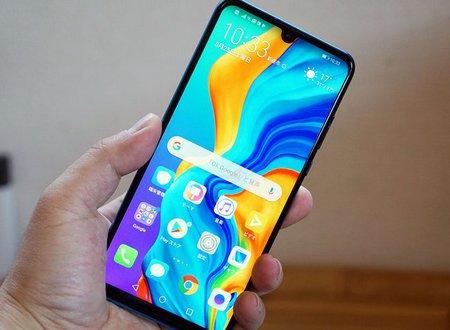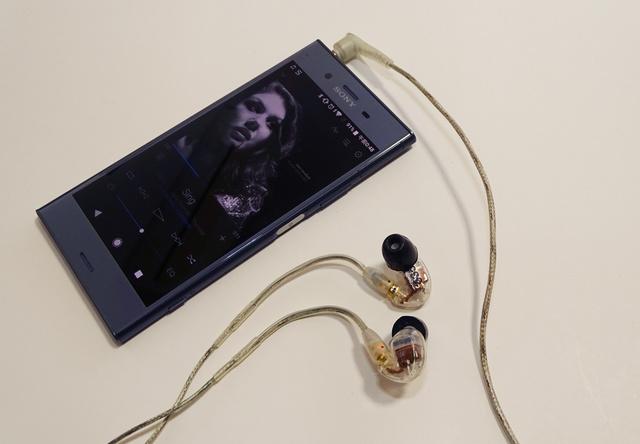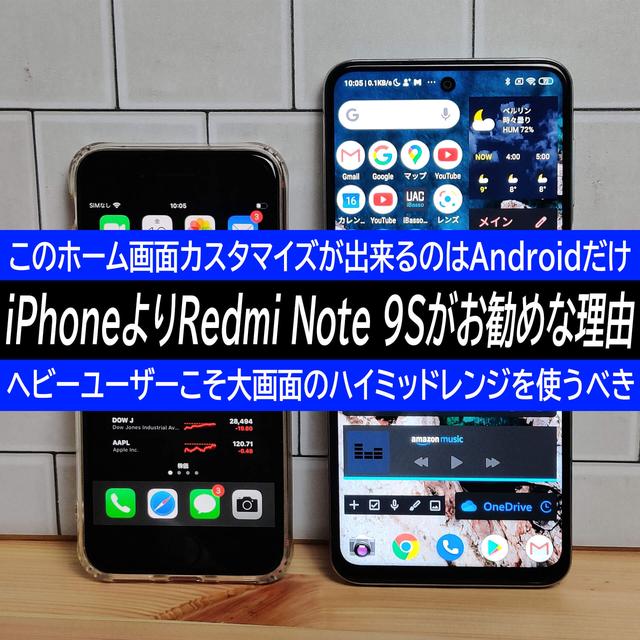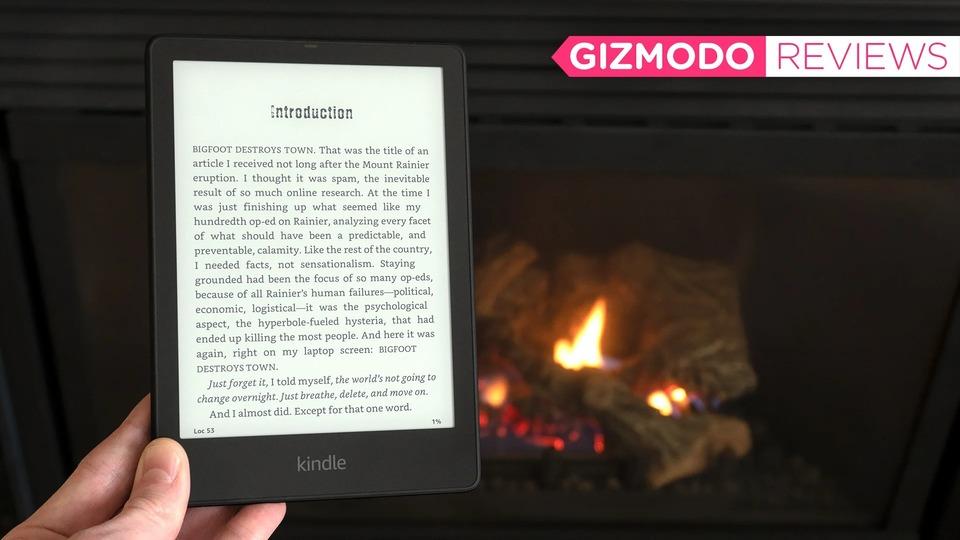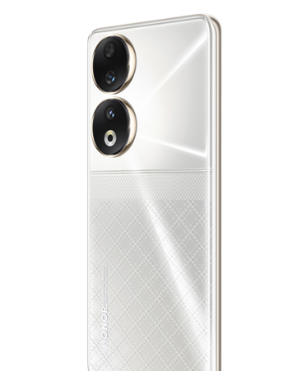Huawei will hold an event for the media, "The latest trends in completely wireless earphones and the advantages of the HUAWEI FreeBuds series." We invited Kenji Nomura, an audio and visual writer, to appeal the company's completely wireless earphones "FreeBuds series".
Kenji Nomura Kenji Nomura is an audio and visual writer who has been listening to more than 300 earphones and headphones annually for more than 10 years. He is also a judge at our sponsored award "VGP". First, Mr. Nomura explained the market trend of completely wireless earphones. First of all, I emphasized that the battle between Sony and Apple has been happening with fully wireless earphones since the iPod appeared as a rival to the Walkman. Market trends for fully wireless earphones Sony and Apple have a large share of the completely wireless earphones. Following these two companies, audio makers such as Bose, Sennheiser, JVC, Audio-Technica, JBL, and Technics are following. And, Mr. Nomura says that manufacturers other than audio are also entering the completely wireless earphones. Examples include brands such as Jabra, GLIDiC and BOCO. These manufacturers have a lineup of "easy to use as a hearable device, high frequency of use, and products that do not bother you even if you use them for a long time," and "it is in a very interesting situation." Entry other than audio makers and smartphone makers have released completely wireless earphones, and this time Huawei is one of them. Not only Sony and Apple are products that are premised on smartphones, but Samsung is also developing for its own terminals. In addition, Chinese smartphone makers OPPO and realme have also entered Japan with audio equipment earlier this year. Products from smartphone makers are also available In Japan, there are many users who use the iPhone, so AirPods Pro is the first choice except for those who are particular about it. "AirPods Pro sales are similar to iPhone sales," says Nomura. "AirPods Pro isn't a model that is loved by itself," he said. Therefore, compatibility with other companies' smartphones is also important for Android smartphone makers' products. Based on this trend, the recent trend is the polarization of "high-quality sound and high-performance products by audio manufacturers" and "high-cost spa products by emerging brands". Especially for high-cost products with polarized user needs, Japanese brands such as AVIOT, ag, and GLIDiC have a balance of high functionality, good sound quality, and reasonable price. In addition, Chinese brands are making great strides at overwhelmingly low prices, and it is said that they have become influential, such as Anker and SOUNDPEATS, with better sound quality than two years ago. The rise of Japan's first new brand Here, Mr. Nomura pointed out that "these high-cost spa products are the key to market expansion, and sales of completely wireless earphones are increasing." That said, it's not that the product share of audio makers is declining, but that new makers are joining the growing pie. He also introduced that even high-cost spa products have not sold well in recent years with "cheap or bad" and have the minimum required specifications. For example, regarding battery life, it is said that the upper model has more than 10 hours, the cheapest product has the lowest line of 5 hours, and the cheapest one is about 3 hours. He also explained that the feeling of wearing will be the theme of the future. Huawei's FreeBuds series is in the middle class for fully wireless earphones. Recently, models equipped with ANC (noise canceling) function are the mainstream, but "FreeBuds 4i" is equipped with feedforward type ANC. "The price of less than 10,000 yen captures the characteristics of the Japanese market," Nomura said. "FreeBuds 4i" FreeBuds 4i's advantage feedforward method is a method of installing a microphone on the outside of the earphone to cancel the noise. The FreeBuds 4i uses an oval nozzle to improve sound insulation and enhance the effect of ANC. In addition, there is a feedback method in which a microphone is installed inside the nozzle of the earphone, and a hybrid method in which the two are combined. Another point he mentioned is microphone performance. "There are few fully wireless earphones with high microphone performance, of which the FreeBuds 4i is the better," he explained. Another advantage is the playback time of 10 hours on its own and 7.5 hours even when ANC is turned on. At the same time, he mentioned the top model of the FreeBuds series, "FreeBuds Pro". "It's equipped with a rugged noise canceller that I think you don't need this much with earphones. It's a product that makes it easy and easy to use high performance." "FreeBuds Pro" Advantages of FreeBuds Pro ■ Explanation of the technology for introducing FreeBuds 4i At the event, Mr. Naotaka Tsunoda, Director of the Acoustic Technology Laboratory, Huawei Japan Tokyo Research Institute, also took the stage. I explained the technology introduced in FreeBuds 4i. Mr. Naotaka Tsunoda, General Manager, Acoustic Technology Laboratory, Huawei Japan Tokyo Research Institute The Tokyo Research Institute was established as the Japan Research Institute in 2014 and changed its name to the current name in 2020. Development is being carried out with an eye on 2-3 years from now. In addition to the listening room, the facility also has a space where you can make prototypes of earphones and headphones. Similar laboratories inside the Acoustic Technology Laboratory of the Tokyo Research Institute are located all over the world, such as Beijing and Shenzhen in China, and Munich, Finland, and Moscow in Europe. At the time of actual commercialization, technologies from all over the world will be collected side by side, and good ones will be adopted. According to Mr. Tsunoda, the FreeBuds 4i was particular about the microphone quality of the call. The two technologies adopted here are beamforming and AI noise reduction technology. In beamforming, microphones are installed in two places on the main unit, and the desired sound is extracted by using the time difference of the sound. In addition, AI noise reduction technology can extract human voices by learning human voices empirically. Introducing beamforming and AI noise reduction technology For noise canceling, Mr. Tsunoda explains that he pursued a highly accurate cancel signal while adopting a feedforward method. For the driver unit, which is the key to sound quality, we have adopted the largest 10mm driver that fits in the housing. Although this driver is not officially stated, it has excellent high-frequency characteristics, and it is said that it has performance that can be said to be compatible with high resolution when looking at the characteristics alone. Adopting feedforward ANC Adopting a 10mm driver unit The shape of the housing is determined from thousands of tests of about 2 hours each time, that is, tests of 10,000 hours or more. Regarding the unit size mentioned above, it is said that the examination was started after the housing shape was decided here. Determined the housing shape in thousands of tests Other than that, as a point of FreeBuds 4i, mentioning connection. In addition to being able to start the connection by opening the lid of the carrying case, the connection stability and the battery are maximized by switching the left and right masters by distinguishing the radio wave condition. In addition, the low delay mode that detects the game and reduces the delay, and the wearing detection function are also appealing. Pursuing connection stability and maximization of battery FreeBuds 4i will be compatible with the iOS version of "Huawei AI Life" by the end of June. Until now, it was only compatible with the Android version, but with this, it will be possible to perform operation settings and firmware updates even on iOS devices.

